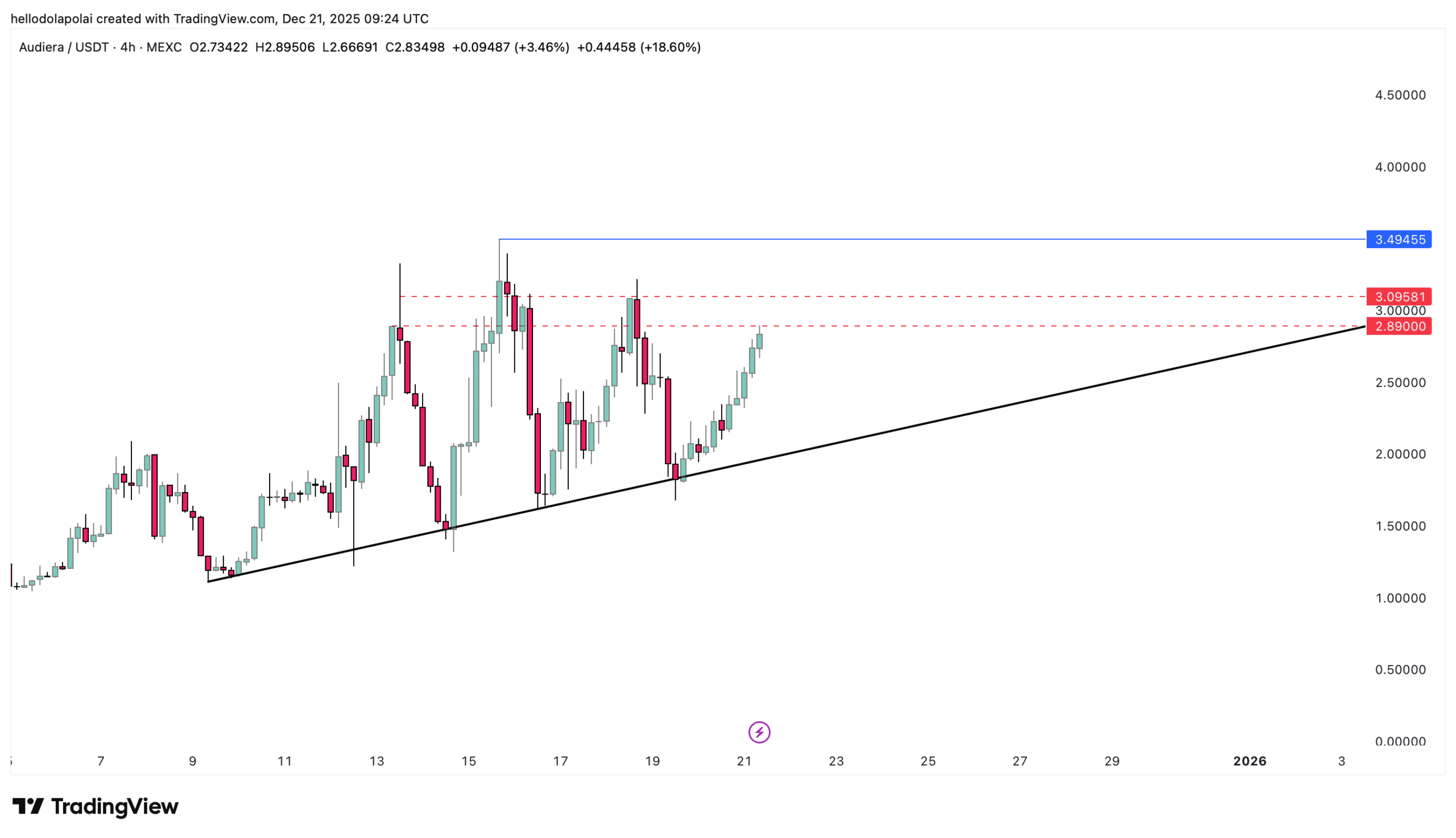Circle’s new Gateway promises instant cross-chain USDC transfers that feel like one chain
Circle has launched a unified cross-chain infrastructure that enables businesses to access USDC balances across multiple blockchains.
An Aug. 19 announcement labeled the new product as Gateway, a system that addresses liquidity fragmentation issues that force companies to pre-position funds across chains and manage complex rebalancing operations.
Gateway combines smart contract infrastructure with an off-chain attestation service to create a single USDC balance accessible on Arbitrum, Avalanche, Base, Ethereum, OP Mainnet, Polygon PoS, and Unichain.
Additional chains, including Circle’s Arc, will receive support in future releases.
The platform targets payment service providers, exchanges, custodians, digital wallets, and DeFi trading firms that require efficient cross-chain USDC management without operational overhead.
Gateway maintains non-custodial design principles, ensuring depositor control over USDC holdings at all times.
Fund access requires both user signatures and Gateway attestations, preventing unauthorized movements or burns. The system includes trustless withdrawal mechanisms allowing users to recover funds after seven days if the Gateway API becomes unavailable.
Unified UX for financial infrastructure
The system operates through a three-step process beginning with USDC deposits into Gateway Wallet contracts on any supported blockchain.
After deposit finalization, Gateway credits the unified balance and instantly makes funds accessible across all supported chains regardless of the original deposit location.
Users initiate transfers by signing burn intents, which developers submit to the Gateway API for verification and attestation generation.
Once users sign burn intents, corresponding USDC mints execute on destination chains within the subsequent block, providing single-chain experience speeds for cross-chain value transfers.
Among the use cases are payment service providers reducing working capital requirements while exchanges eliminate rebalancing delays.
Additionally, digital wallets display unified USDC balances, and DeFi trading firms deploy capital more efficiently across chains without pre-positioning funds.
Gateway represents Circle’s latest initiative to enhance stablecoin utility following several strategic moves this year.
The company introduced its Refund Protocol in April, establishing a non-custodial dispute resolution system for stablecoin transactions without centralized intermediaries.
Circle also recently announced Arc, its enterprise-focused layer-1 blockchain scheduled for public testnet between September and December 2025.
Arc will serve as high-performance infrastructure for stablecoin payments, foreign exchange, and capital markets applications while supporting USDC as its default gas token and offering sub-second settlement finality.
Disclaimer: The content of this article solely reflects the author's opinion and does not represent the platform in any capacity. This article is not intended to serve as a reference for making investment decisions.
You may also like
BEAT heats up, rallies 30%! A key level stands before Audiera’s ATH

Trending news
MoreBitget Daily Digest (Dec.22)|The U.S. House of Representatives Is Considering a Tax Safe Harbor for Stablecoins and Crypto Staking; Large Token Unlocks for H, XPL, SOON, and Others This Week; BTC RSI Near a 3-Year Low
Bitget US Stock Morning Brief | Fed Internal Divisions Widen; Trump Accelerates Space Militarization; Pharma Giants Accept Price Cuts for Tariff Relief (December 20, 2025)

